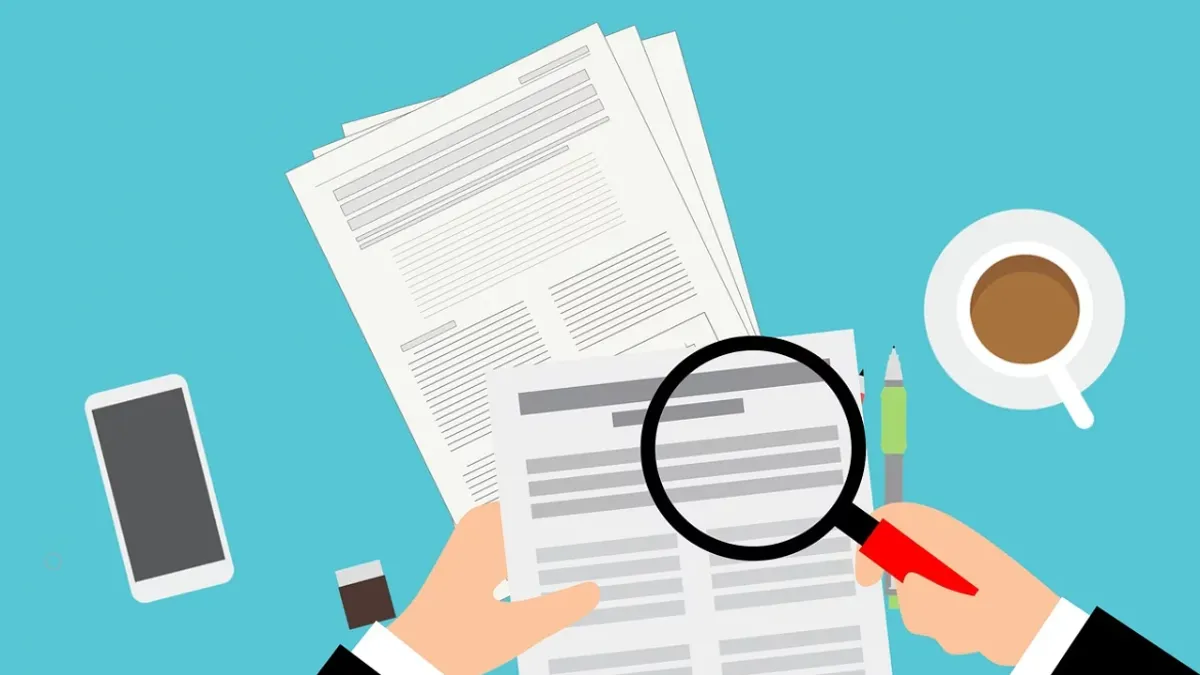Even though auditors have no formal oversight of companies' use of non-GAAP measures, such as adjusted earnings, EBITDA, and free cash flow, they can help improve the measures' usefulness by bringing order, the Center for Audit Quality (CAQ) says.
Companies increased the use of non-GAAP measures beginning in the early 1990s. Although technology companies are most commonly associated with their use, companies across industries rely on them to describe their performance in ways that aren't captured by the Generally Accepted Accounting Principles (GAAP) used in formal reporting.
Almost 80% of S&P 500 companies use adjusted earnings and adjusted earnings per share (EPS), two of the more common non-GAAP metrics, CAQ says. About a third use earnings before interest, taxes, depreciation and amortization (EBITDA), adjusted EBITDA, and free cash flow.
Standardization lacking
Companies, regulators and analysts recognize the measures' usefulness but without standardization, critics say, they're open to misinterpretation.
"You shouldn't have to read through eight pages of definitions to figure out what the company did," Drew Bernstein, co-managing partner of consulting and auditing firm Marcum Bernstein & Pinchuk, has said.
In a report released this week, CAQ shines light on how easy it can be for two companies whose performance is similar in key respects to produce non-GAAP measures with material differences, creating a risk for investors, analysts and regulators.
Two companies with identical net income under GAAP, for example, can have different adjusted EBITDA because of inconsistent metric characterization in the management, discussion and analysis (MD&A) section of company reports, CAQ says.
If the two companies each have $2.45 billion in net income, for example, and pay an identical $750 million in income taxes, depreciation and amortization, interest expense, and non-recurring restructuring costs, they can still come out with different adjusted EBITDA by including different interpretations of what goes into an undefined "other" category.

If one company includes, say, $20 million in noncash acquisition charges and $30 million in fixed asset impairment charges, it will have an adjusted EBITDA of $3.2 billion, while the other company, if it includes $70 million in legal settlement charges and $30 million in fixed asset impairment charges, will have an adjusted EBITDA of $3.25 billion.
"In order for this analysis to be relevant to investor decision making, the numbers should be comparable," the CAQ report says.
The place where adjustments are articulated is typically in the MD&A section of financial reports, but that puts responsibility on the people reading the reports to familiarize themselves with how one company's use of a metric differs from another's. Depending on how involved a company's use of non-GAAP measures is, the explanations can get unwieldy.
Uber, for example, was once criticized for including 15 pages in its financial reports to explain how it determines its non-GAAP measures.
"It's almost impossible to go through," Bernstein has said.
Role for auditors
The CAQ report includes recommendations for auditors to help improve clarity and consistency in the use of non-standard metrics by playing a greater oversight role. Among the ways auditors can help:
- Attestation services. By assessing the consistency of the calculations, they can help audit committees in their oversight. They could also review the calculation inputs and confirm the calculations are in accordance with company policies. The attestation services wouldn't have to cover all non-GAAP metrics; just those that management or the audit committee consider critical, such as those used to determine executive compensation.
- Compliance examination. Non-GAAP measures must comply with Securities and Exchange Commission (SEC) rules. Auditors can review publicly-disclosed rules for consistency with the rules.
- Control testing. This could be done before preparation and disclosure of the metrics.
"Given the importance of non-GAAP financial measures … in decision making, it is critical that there is clarity around how they are developed, that there is quality in their preparation, and that there is strong oversight of their reporting and disclosure," the CAQ report says. "While SEC rules and the PCAOB [Public Company Accounting Oversight Board] auditing standards do not require an auditor to opine on this information, involving external auditors can contribute to its overall comparability and reliability."












